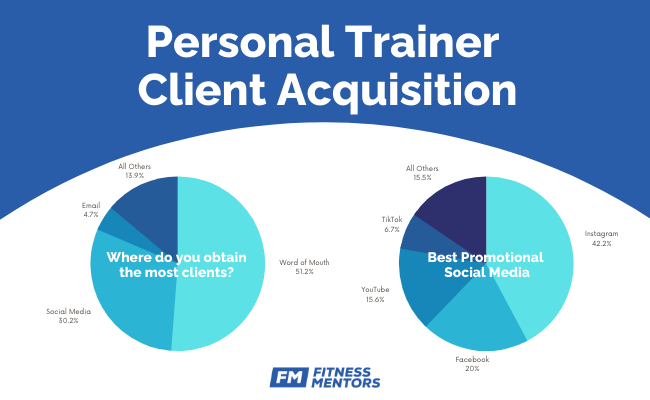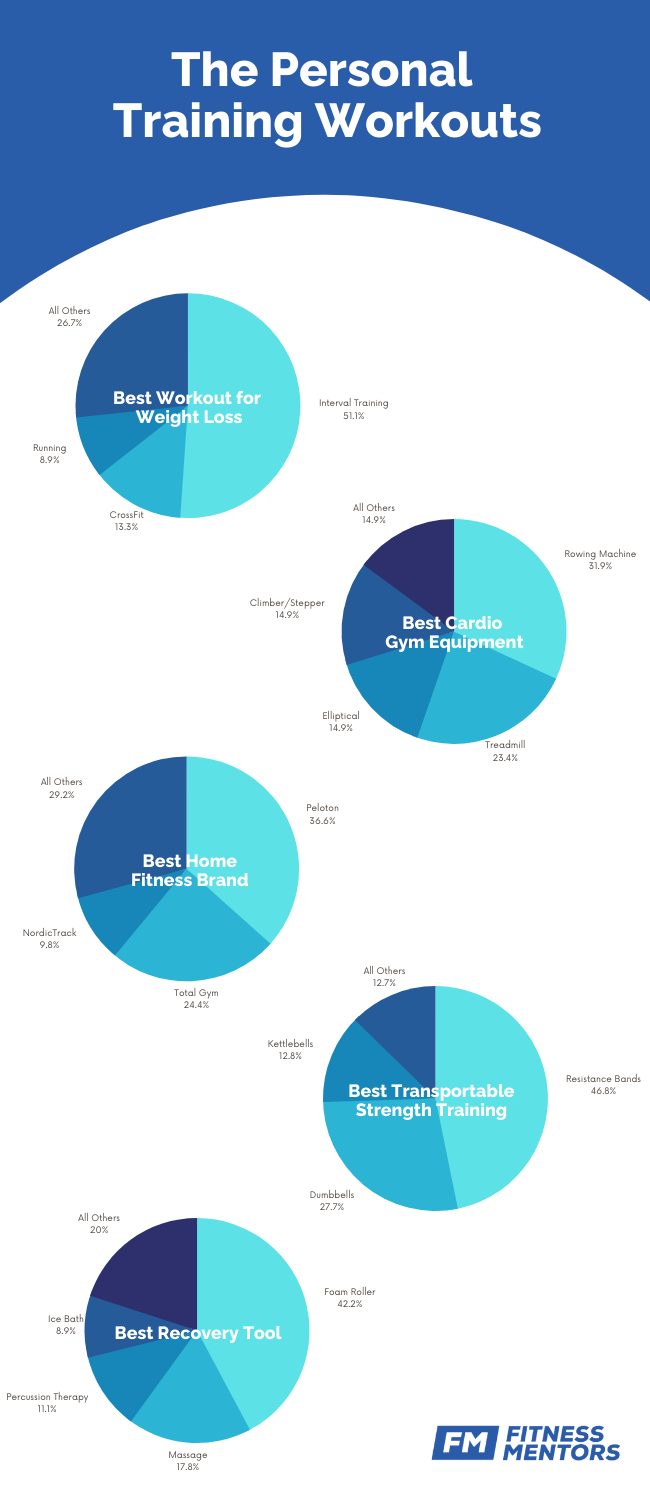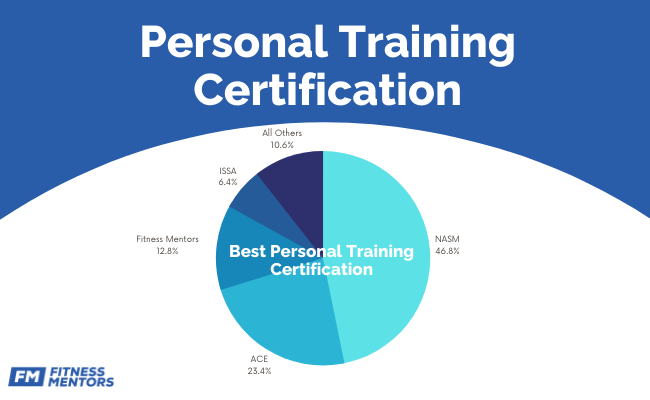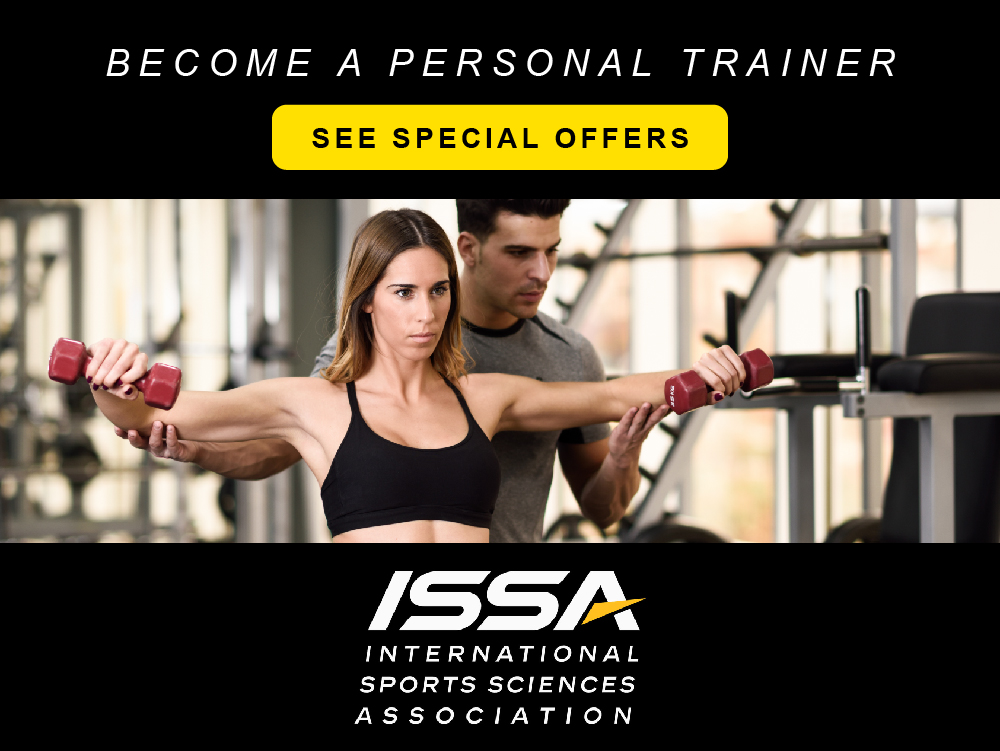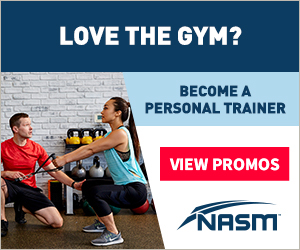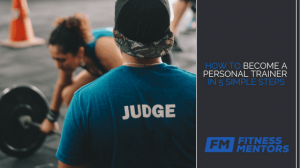Guide to Renting Gym Space for Personal Training
If you are starting your new personal training business or seeking new ways to help build clientele, renting gym space can be a viable solution. But knowing what to expect when paying for rental space can help you determine if it is the right choice for you.
Here, we will talk about the pros and cons of renting gym space and how much it could cost you when running your business from inside a local gym.

Pros and Cons to Renting Gym Space for Personal Training
As we outline below, renting gym space can be a great way to help build your personal training business. But there can also be drawbacks. Knowing the pros and cons can help you determine if using a public gym for your business is a profitable solution. Below are my experiences as they relate to renting gym space vs working for a gym.
Some Significant Benefits When You Rent Gym Space
Here are just a few of the advantages for personal trainers who rent gym space to build their business.
You Can Start Your Business Immediately
If you are a newly certified personal trainer, renting gym space can get your business up and running in virtually a day. There is no need for you to invest in a gym facility, purchase equipment on your own, or handle all the details of purchasing or operating a building. You simply show up with clients at an existing gym and start mashing weights.
A Reputable Gym Location Gives Your Business a Professional Appearance
Rather than having clients to your home or at the local park, running your personal training business out of a gym gives a more professional appearance.
In addition, certified trainers working at a local gym are more likely to obtain business from other gym-goers. Gym patrons who already have an existing membership can see your personal training services live and may be more apt to sign up based on observation of your training.
Saves You Money
A professional gym space should include all the equipment necessary to provide exceptional personal training services, so it’s likely you will not have to worry about purchasing expensive gym equipment and supplies out of your pocket to support your business. Therefore, if you are just starting a new business, renting space is a great way to save on start-up costs.
Client Referrals
Running your personal training business from a local gym can be highly profitable from client referrals. While it may vary by facility, if you’re renting space in a gym, they may refer their members to you, which can be a great way to build or expand your current client base.
Disadvantages Of Renting Gym Space for Personal Training
While it seems that renting gym space may be an ideal way to run your personal training business, it can come with some disadvantages. Therefore, you should explore all these contributing factors before making any final decisions for operating in another location.
Excessive Gym Rental Fees
Some public gyms will rent out their space to personal trainers on a contract basis. In these situations, even when you do not have clients to work with, you will still pay the predetermined fee.
Other gyms may charge a percentage of what you make through your business while at their location. If you are extremely busy with many clients, this can add up to a large amount of money, making it more expensive than a flat-rate rental.
More info on gym rental costs for personal trainers below.
Gym Restrictions
When you rent gym space, you may also be renting access to all of the equipment on site. Some gyms will restrict what independent personal trainers can do with clients at their location.
For example, some public gyms may prohibit personal trainers from encouraging powerlifting workouts or recommending a specific brand of health supplements. In addition, many gyms require that your clients must be members of their location before accessing your services on-site.
These restrictions may limit which clients you can take on and keep you from advancing professionally as you build your business.
Average Rental Costs for Gym Space
If you have cost concerns with renting gym space for personal training, you are not alone. Depending on the rental contract, the expenses can vary greatly.
Let’s break down some average rental costs when using gym space for your personal training business.
By the Hour
Many public gyms will have personal training space for rent, which they bill hourly. Hourly billing costs can range anywhere from $15 to a whopping $175 or more, depending on the facility amenities. For example, on the rental site Giggster, it is not uncommon to spend $150 per hour for a gym space in Miami, FL.
By the Week
Some gyms may offer weekly rentals to private personal trainers. This method can be a great way to keep overhead costs lower if you are not busy throughout the month.
A typical weekly rental cost can fall anywhere from $100 to $250, depending on what services you use during your rental.
By the Month
For any personal trainer with an active clientele list, finding a gym that rents space by the month may be the most cost-effective solution. Many public gyms will offer discounts to independent trainers who agree to a monthly contract.
Paying rent by the month can run you anywhere between $1,000 and $2,500 or more. The monthly rental fees will vary, depending on the location, amenities it includes, and demand.
Some gyms may run a month-to-month renewal, while others may provide discounts for 6- or 12-month contracts. Therefore, month-to-month contracts can be more expensive than committing to a long-term agreement in some gyms.
Negotiating Rented Gym Space
If you have a good relationship with the gym owner, sometimes there is an opportunity to exchange your personal trainer services for renting gym space. This arrangement can work well for everyone involved.
For example, rather than paying money for renting gym space, you volunteer your time as a group fitness instructor and lead a fitness class at the gym for their members.
While this situation may not be available for all public gyms, it can be a terrific option for personal trainers just starting out who want to keep their expenses low.
Conclusion
Ideally, to be a profitable personal trainer, you must have enough clients and keep your expenses low. Therefore, determining the best way to rent gym space will require you to examine how many clients you will train, how much time you need at a gym space, and which rental strategy best suits your professional needs.
The first step to building a reputable personal training business is becoming certified and learning the business. There are dozens of resources to use as you work through accreditation, from renting gym space to building fitness programs.
Fitness Mentors can help you reach your certification goals and help guide you to be a successful personal trainer as you grow your business.

